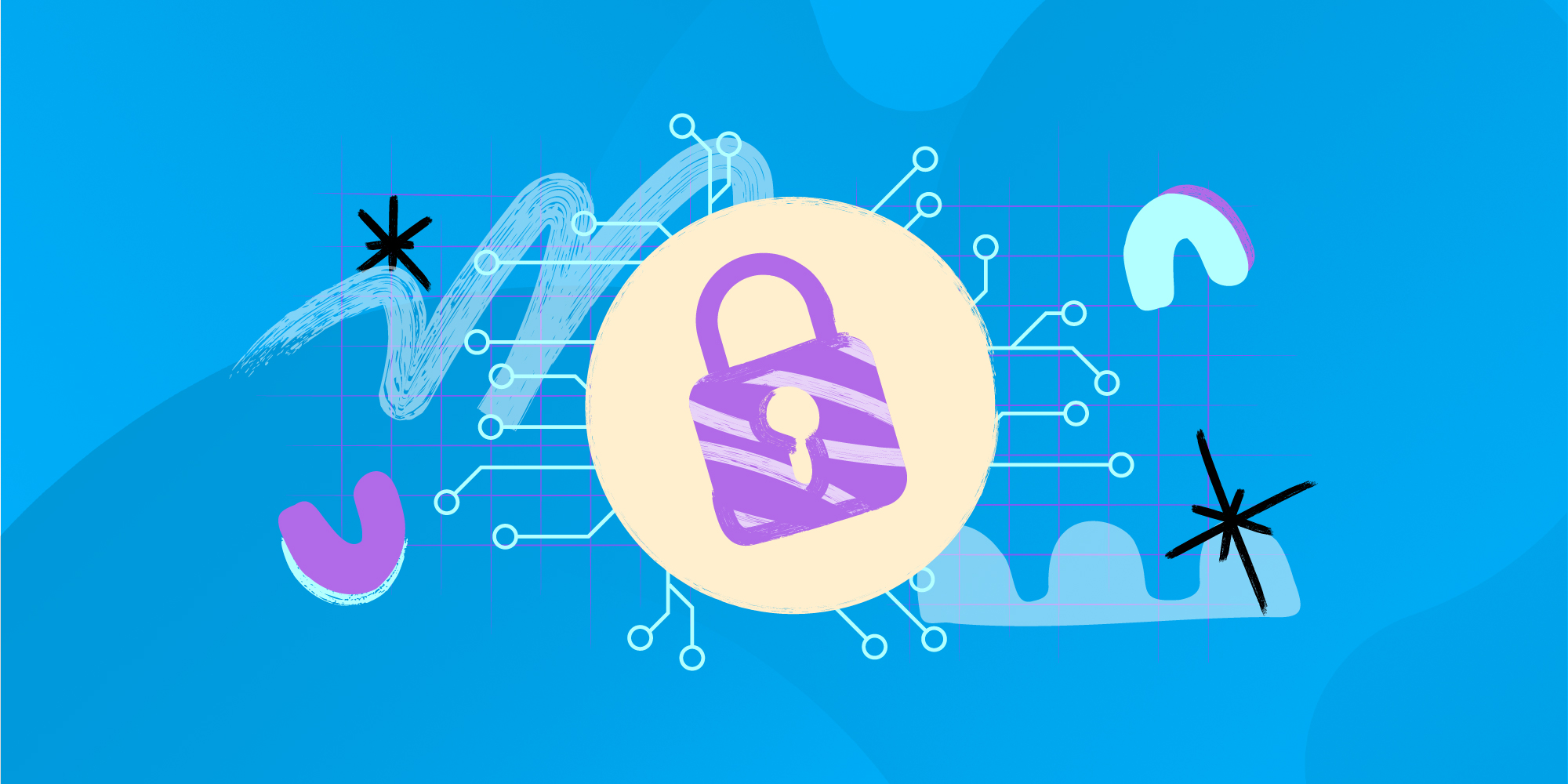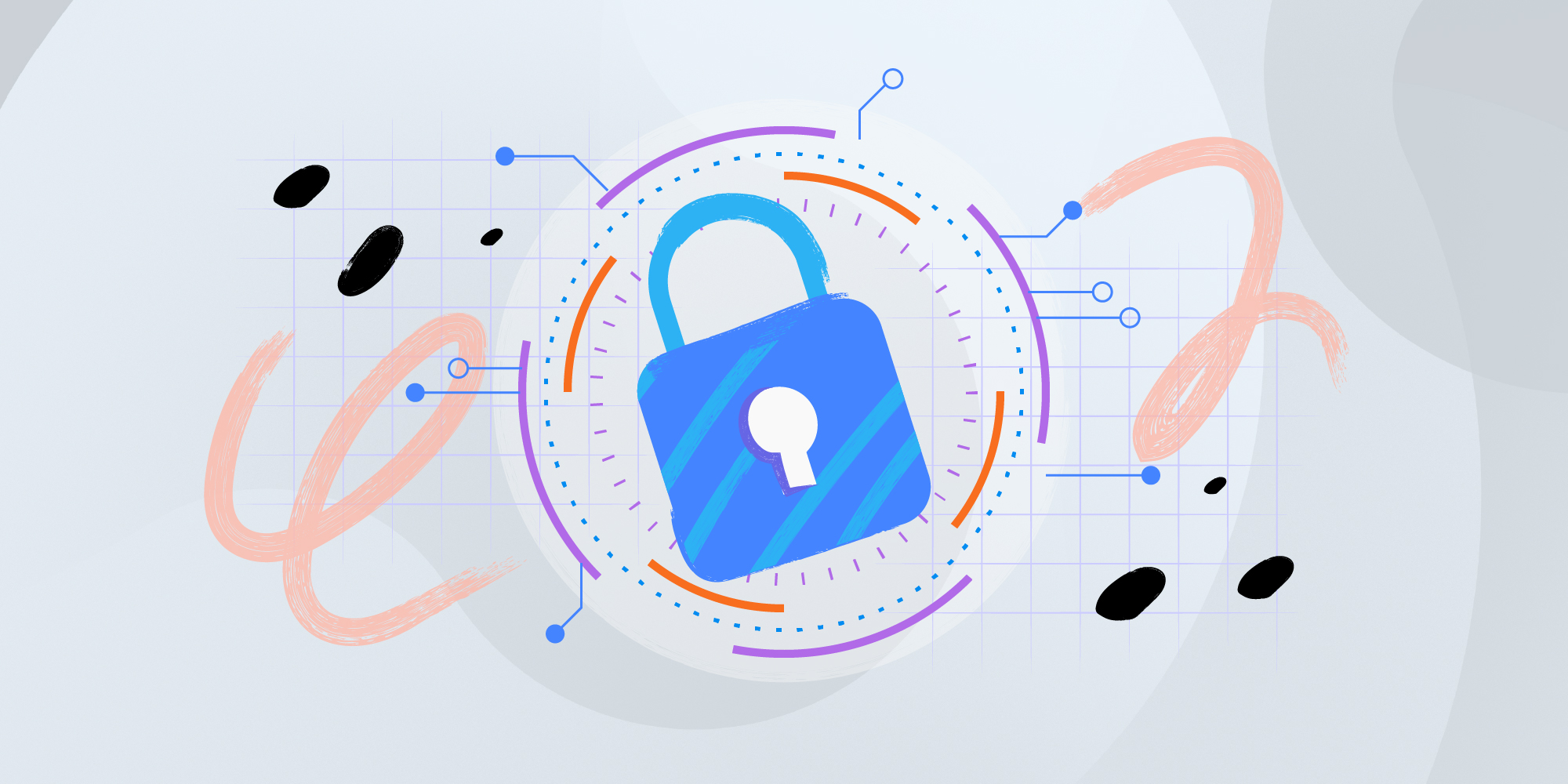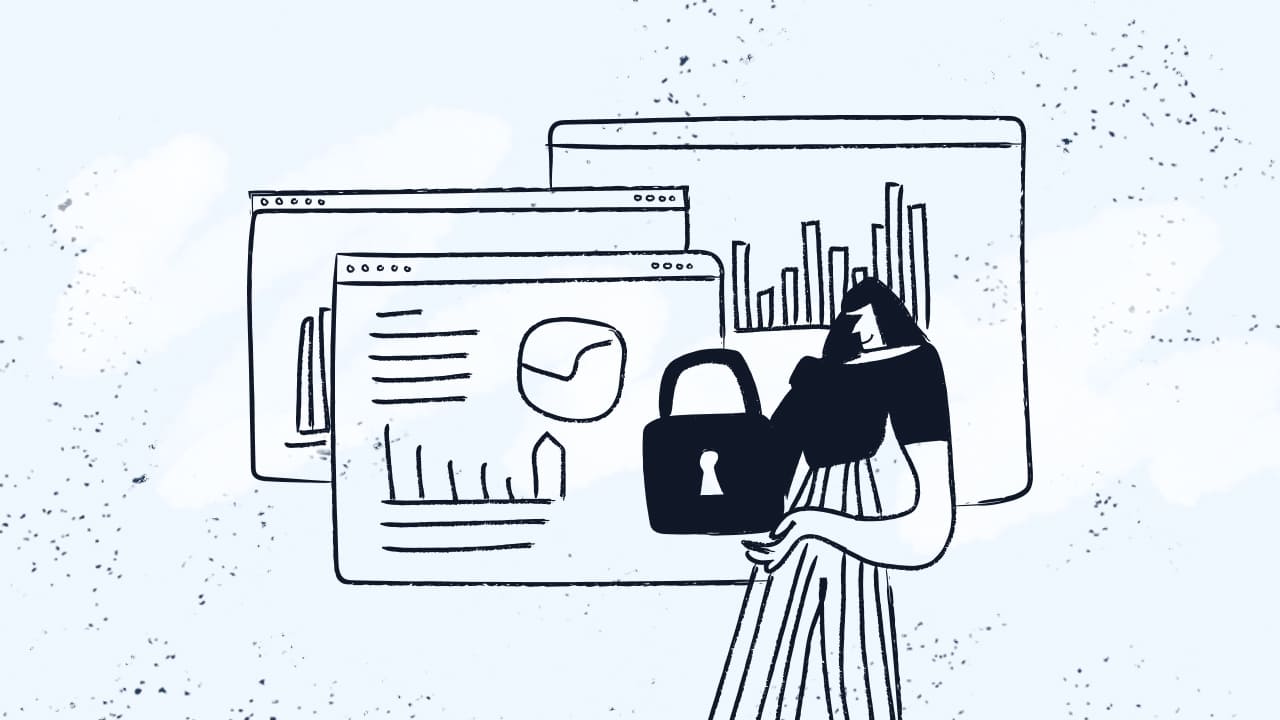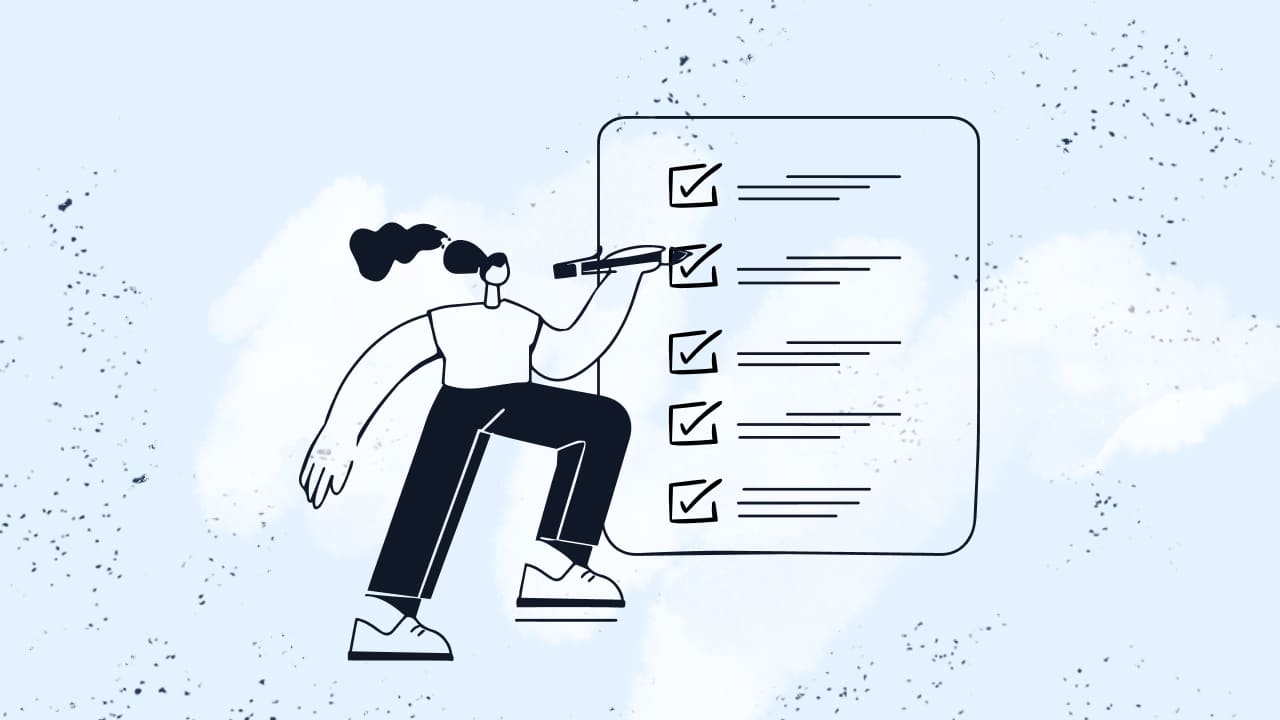Let's talk about something that's on everyone's mind these days: network security management.
With cyber threats lurking around every corner, keeping our networks safe and sound is more important than ever. But don't worry—we're here to explain network security in a way that's both informative and actionable.
What is network security management?
Network security management refers to the process of implementing, maintaining, and monitoring security measures to protect an organization's network infrastructure. It involves a combination of hardware, software, and practices designed to defend against unauthorized access, misuse, modification, or denial of network resources.
Why is network security management important?
In today's digital landscape, network security management plays a crucial role in protecting organizations from various threats. Here's why it matters:
- Data protection: Safeguards sensitive information from theft, loss, or unauthorized access.
- Business continuity: Helps maintain operations by preventing network downtime due to security incidents.
- Compliance: Many industries have regulatory requirements for data protection and network security.
- Reputation management: A strong security posture helps maintain customer trust and brand reputation.
- Cost savings: Proactive security measures can prevent costly data breaches and system downtime.

Key components of network security management
Let's break down the essential elements that form the backbone of a robust network security management system:
1. Firewalls: The first line of defense
Firewalls are a barrier between trusted internal networks and untrusted external networks, such as the Internet. They monitor and control incoming and outgoing network traffic based on predetermined security rules.
Types of firewalls include:
- Packet-filtering firewalls
- Stateful inspection firewalls
- Application-level gateways (proxy firewalls)
- Next-generation firewalls (NGFW)
Each type offers different levels of security and functionality, and many organizations use a combination of firewall types for comprehensive protection.

2. Intrusion Detection and Prevention Systems (IDPS)
IDPS tools play a crucial role in identifying and responding to potential security breaches. They work by:
- Monitoring network traffic for suspicious activities
- Analyzing patterns of behavior to detect known attack signatures
- Identifying anomalies that may indicate a security threat
- Taking automated actions to prevent or mitigate potential attacks
Modern IDPS solutions often incorporate machine learning algorithms to improve their detection capabilities and reduce false positives.
3. Virtual Private Networks (VPNs)
VPNs create a secure, encrypted connection over a less secure network, such as the Internet. They are essential for:
- Protecting data transmitted between remote workers and corporate networks
- Securing connections between different office locations
- Enabling secure access to cloud-based resources
When implementing VPNs, it's important to consider factors such as:
- The type of VPN protocol (e.g., OpenVPN, IPSec, WireGuard)
- The strength of encryption used
- Authentication methods
- Scalability to support a growing number of users
Another critical aspect of robust Network Security Management is the proper handling of Virtual Private Networks (VPNs). Organizations can greatly benefit from being able to check VPN activity to ensure secure, encrypted connections are maintained, preventing unauthorized access. By utilizing tools such as a VPN Detection tool, potential risks associated with unknown VPN connections can be mitigated. Such proactive measures help keep corporate networks safe from disguised threats.

4. Access control and identity management
Effective access control ensures that only authorized users can access specific network resources. Key aspects include:
- User authentication: Verifying the identity of users trying to access the network
- Authorization: Determining what resources a user is allowed to access
- Accounting: Tracking user activities on the network
Implementing strong access control measures involves:
- Multi-factor authentication (MFA)
- Role-based access control (RBAC)
- Single sign-on (SSO) solutions
- Privileged access management (PAM)
5. Antivirus and anti-malware solutions
These tools are crucial for detecting, preventing, and removing malicious software from network devices. Modern antivirus and anti-malware solutions offer features such as:
- Real-time scanning of files and processes
- Heuristic analysis to detect new and unknown threats
- Behavioral monitoring to identify suspicious activities
- Automatic updates to stay current with the latest threat definitions
It's important to deploy these solutions across all endpoints and servers in the network and keep them regularly updated.
6. Network segmentation
Network segmentation involves dividing a network into smaller subnetworks or segments. This approach offers several security benefits:
- Limiting the spread of malware or breaches within the network
- Improving network performance by reducing traffic on individual segments
- Enhancing access control by restricting user access to specific segments
- Simplifying compliance with regulatory requirements
Implementing network segmentation requires careful planning and may involve techniques such as:
- Virtual Local Area Networks (VLANs)
- Firewalls between network segments
- Software-defined networking (SDN) for more granular control
7. Patch management
Regularly updating and patching software and systems is critical for addressing known vulnerabilities. An effective patch management process includes:
- Identifying systems and applications that require updates
- Testing patches in a non-production environment
- Deploying patches in a controlled manner
- Verifying successful patch installation
- Maintaining an inventory of installed patches
Automated patch management tools can help streamline this process, especially for large networks.

Taking action: First steps for improving your network security
Now that we've covered the landscape of network security management, you might be wondering, "Where do I start?" Here's a practical guide to help you take the first steps in enhancing your organization's network security:
1. Assess your current state
Begin by conducting a thorough assessment of your current network security posture:
- Perform a network-wide vulnerability scan
- Review your existing security policies and procedures
- Assess your current tools and technologies
- Evaluate your team's skills and identify any gaps
This assessment will provide a baseline and help you identify priority areas for improvement.

2. Develop a strategic security roadmap
Based on your assessment, create a strategic roadmap that outlines:
- Short-term quick wins to address immediate vulnerabilities
- Medium-term goals for implementing new security controls or technologies
- Long-term objectives for maturing your overall security program
Ensure your roadmap aligns with your organization's business objectives and risk tolerance.

3. Secure buy-in from stakeholders
Present your findings and roadmap to key stakeholders, including:
- Executive leadership
- IT and security teams
- Department heads
- Finance team
Clearly communicate the risks, potential impacts, and benefits of your proposed security initiatives to gain support and secure necessary resources.
Best practices for effective network security management
In the previous section, we covered the first steps to take. If you follow those steps, you'll have a solid base for more advanced security initiatives.
With this in mind, let's explore some best practices for organizational cybersecurity that can guide you further in enhancing your organization's network security:
1. Develop a security policy
A well-defined security policy serves as the foundation for all security efforts. It should:
- Outline security goals and objectives
- Define roles and responsibilities
- Specify acceptable use of network resources
- Establish incident response procedures
- Include guidelines for remote work and BYOD (Bring Your Own Device)
Regularly review and update the policy to ensure it remains relevant in the face of evolving threats and technologies.
2. Implement Multi-Factor Authentication (MFA)
MFA adds an extra layer of security by requiring multiple forms of verification before granting access. This typically includes:
- Something the user knows (e.g., password)
- Something the user has (e.g., smartphone or security token)
- Something the user is (e.g., biometric data)
Implement MFA for all critical systems and applications, especially those accessible from the internet.
3. Conduct regular security audits and vulnerability assessments
Periodic assessments help identify weaknesses in your network security. This process should include:
- Network vulnerability scans
- Penetration testing
- Review of security policies and procedures
- Assessment of employee security awareness
Use the results of these assessments to prioritize security improvements and allocate resources effectively.
4. Provide ongoing employee training
Human error remains one of the biggest security risks. Comprehensive employee training should cover the following:
- Recognizing phishing and social engineering attacks
- Safe browsing and email practices
- Proper handling of sensitive data
- Password best practices
- Incident reporting procedures
Consider implementing simulated phishing exercises to test and reinforce employee awareness.

5. Develop and test an incident response plan
A well-prepared incident response plan helps organizations react quickly and effectively to security breaches. The plan should:
- Define roles and responsibilities during an incident
- Outline steps for containing and mitigating the impact of a breach
- Specify communication protocols (internal and external)
- Include procedures for preserving evidence for forensic analysis
Regularly test and update the plan through tabletop exercises and simulations.

6. Implement network monitoring
Continuous monitoring is essential for detecting and responding to security threats in real time. This involves:
- Implementing Security Information and Event Management (SIEM) systems
- Setting up alerts for suspicious activities
- Establishing a security operations center (SOC) or partnering with a managed security service provider (MSSP)
Ensure that monitoring covers all critical network components, including cloud-based resources.
7. Encrypt data
Data encryption protects information from unauthorized access, both in transit and at rest. Consider:
- Using HTTPS for all web applications
- Implementing email encryption
- Encrypting sensitive data stored on servers and endpoints
- Using encrypted backups
Choose strong encryption algorithms and manage encryption keys securely.
8. Manage third-party risks
Many security breaches occur through third-party vendors or partners. To mitigate this risk:
- Conduct thorough security assessments of vendors
- Include security requirements in contracts
- Limit vendor access to only necessary resources
- Regularly review and audit vendor access and activities
Consider using vendor management platforms to streamline this process.

Network security management tools
To effectively manage network security, organizations can leverage various tools and technologies. Here are some popular options:
- Security information and Event Management (SIEM) systems: These tools collect and analyze log data from various network devices to identify security events and anomalies.
- Vulnerability scanners: These tools scan your network for known vulnerabilities and provide reports on potential security weaknesses.
- Network Access Control (NAC) solutions: NAC tools help enforce security policies by controlling which devices and users can access the network.
- Security Orchestration, Automation, and Response (SOAR) Platforms: These solutions integrate various security tools and automate incident response processes.
- Cloud Access Security Brokers (CASBs): CASBs provide visibility and control over cloud-based applications and services used by employees.

Challenges in Network Security Management
While implementing effective network security management is essential, it comes with its share of challenges:
- Growing attack surface: Cybercriminals constantly develop new attack methods, requiring security teams to stay vigilant and adaptive.
- Complexity of modern networks: With the rise of cloud computing, IoT devices, and remote work, networks have become more complex and challenging to secure.
- Skills gap: There's a shortage of qualified cybersecurity professionals, making it difficult for organizations to build and maintain robust security teams.
- Balancing security and usability: Implementing strict security measures can sometimes impact user productivity, requiring a delicate balance.
- Budget constraints: Justifying investments in security measures can be challenging, especially for smaller organizations.
The future of network security management
As technology continues to advance, so do the strategies for network security management. Here are some trends shaping the future of this field:
- Artificial Intelligence and Machine Learning: These technologies are being integrated into security solutions to improve threat detection and response capabilities.
- Zero-trust security model: This approach assumes no user or device should be trusted by default, requiring continuous verification for network access.
- Secure Access Service Edge (SASE): This cloud-based security model combines network security functions with WAN capabilities to support the dynamic secure access needs of organizations.
- Extended Detection and Response (XDR): XDR solutions provide a holistic view of threats across multiple security layers, improving detection and response times.
- 5G Security: As 5G networks become more prevalent, new security challenges and solutions will emerge to protect these high-speed, low-latency networks. 5G network orchestration plays a vital role in managing and securing the complexity of these advanced networks, enabling seamless connectivity and optimizing resource allocation."
Conclusion
Network security management is an ongoing process that requires constant attention and adaptation. By implementing robust security measures, staying informed about emerging threats, and leveraging advanced tools and technologies, organizations can significantly reduce their risk of falling victim to cyberattacks.
You must prioritize network security management to protect your digital assets and ensure the long-term success and resilience of your organization in an increasingly connected world.
So, are you ready to take your network security to the next level? Start by assessing your current security posture and identifying areas for improvement. With the right approach and tools, you can build a strong defense against cyber threats and keep your network secure.















